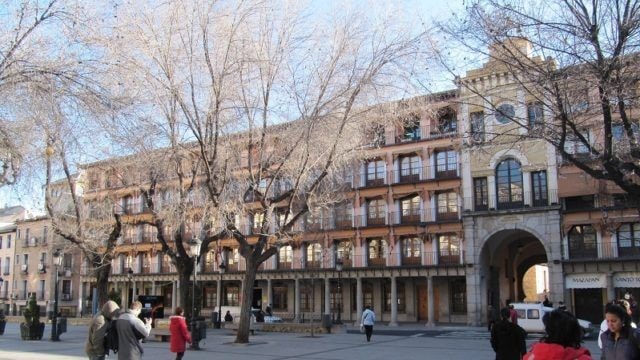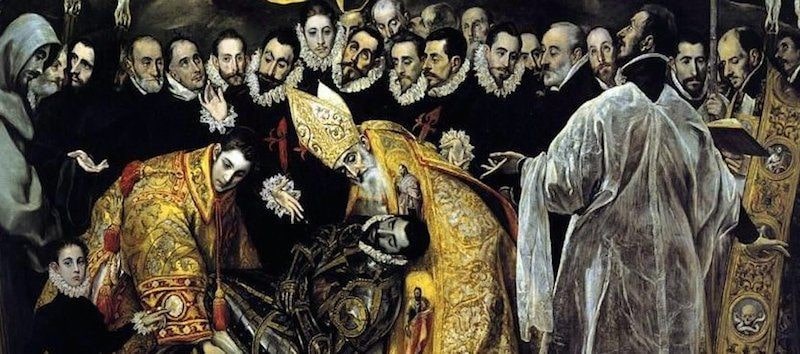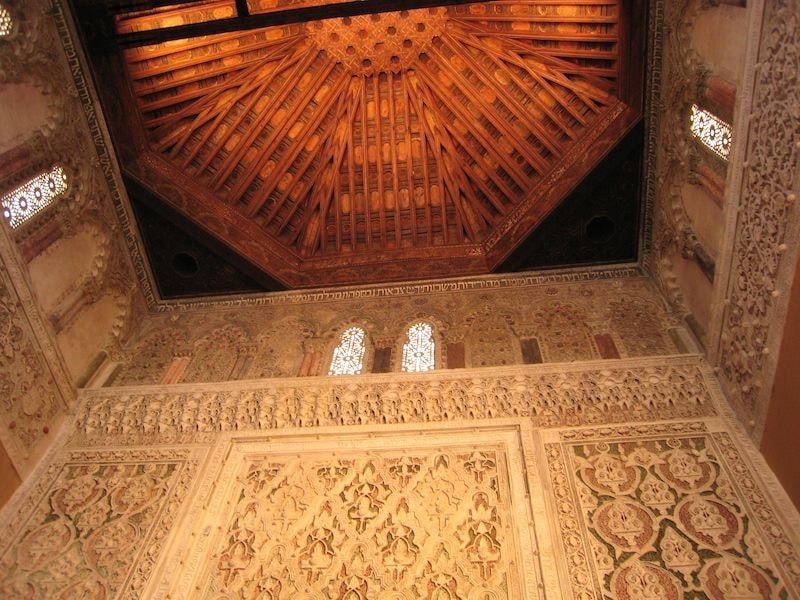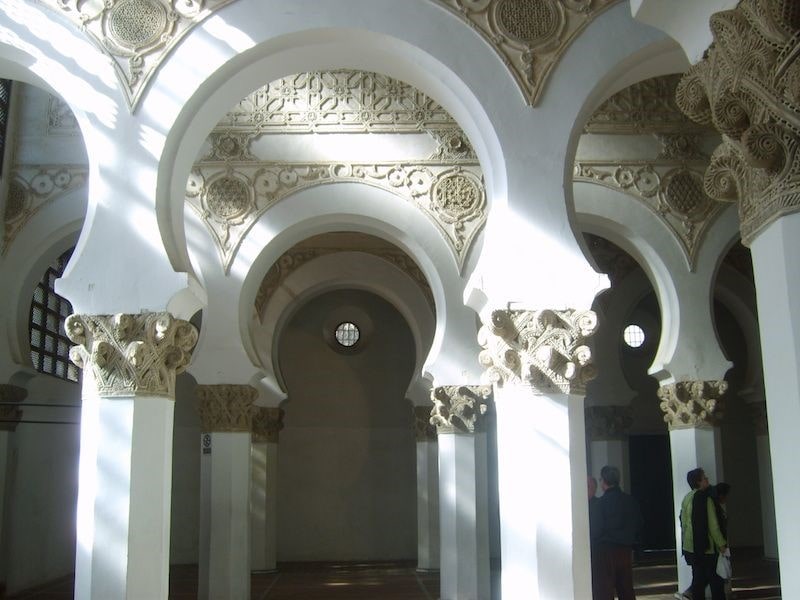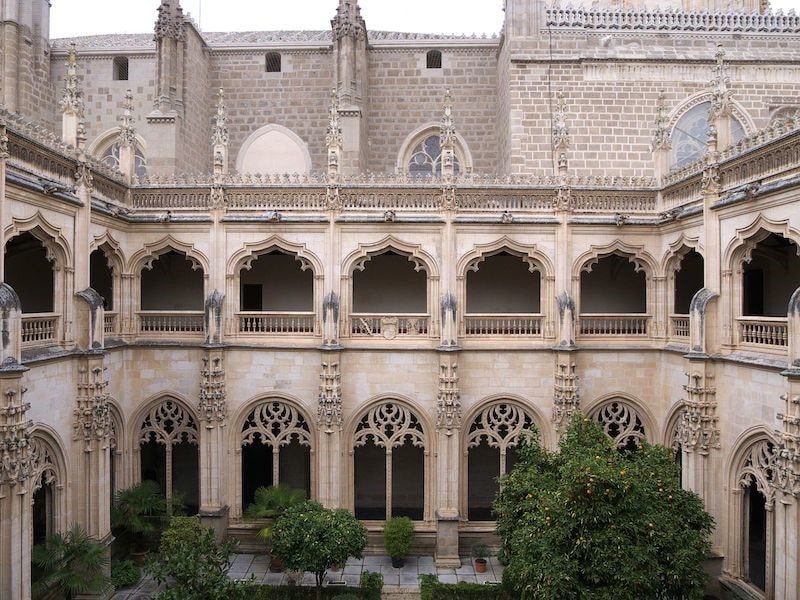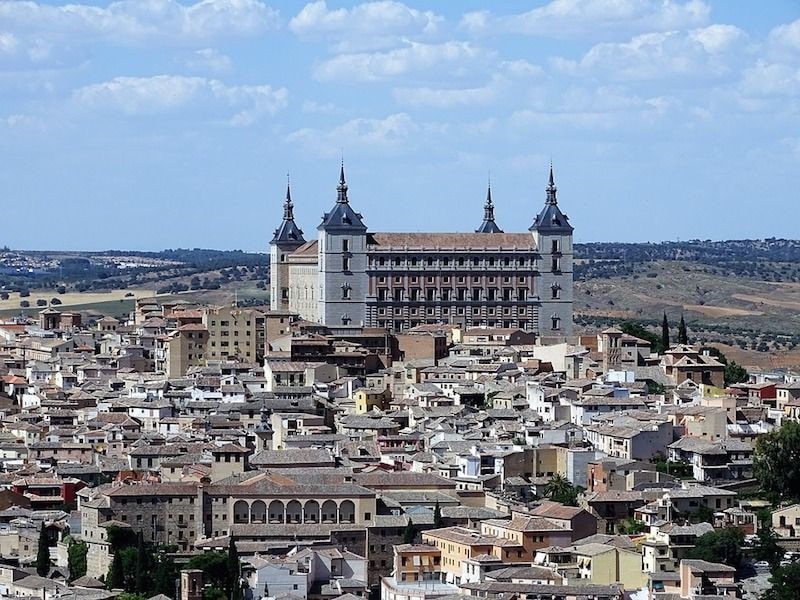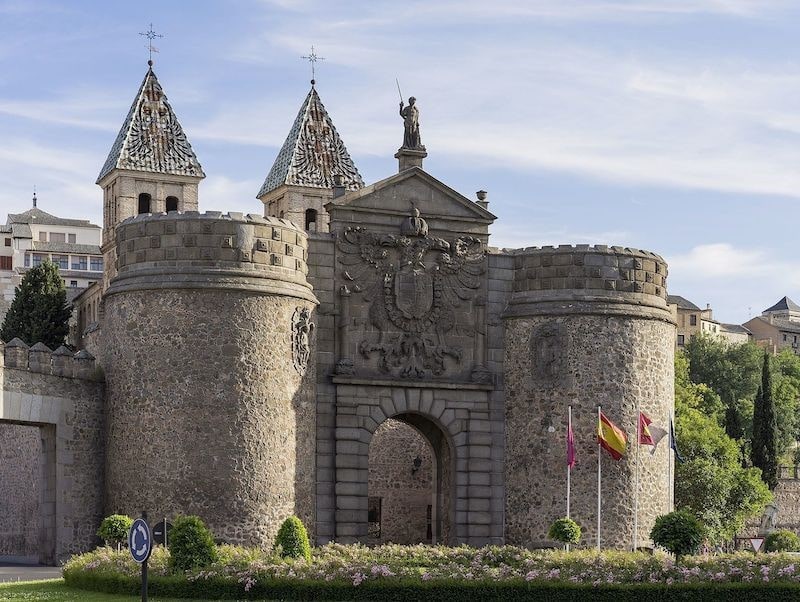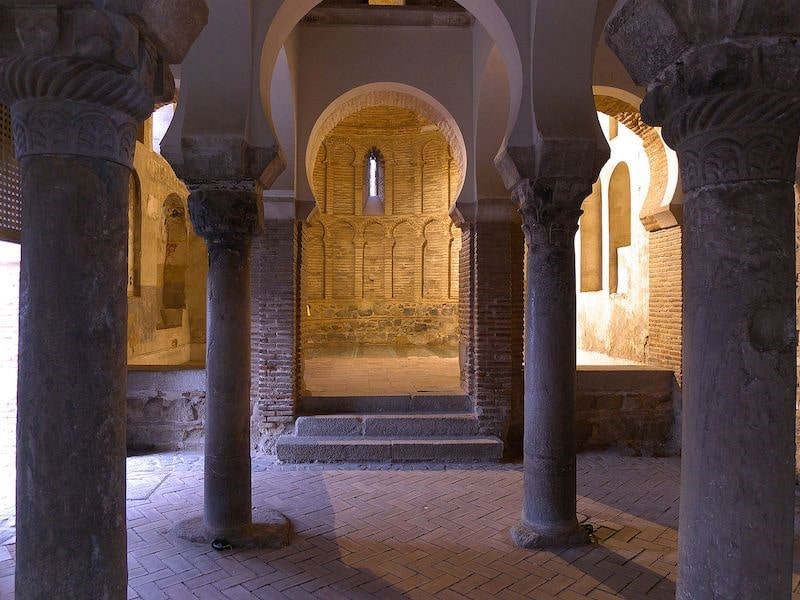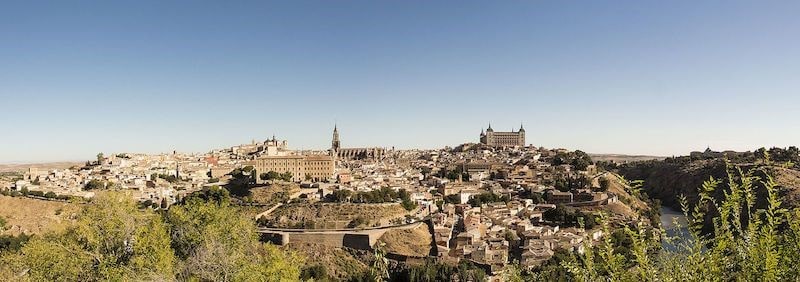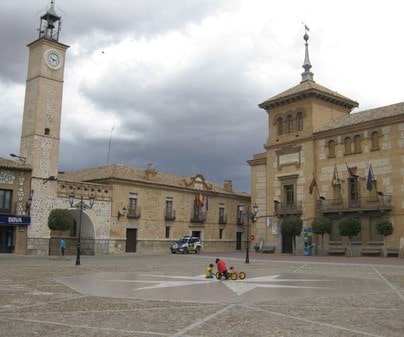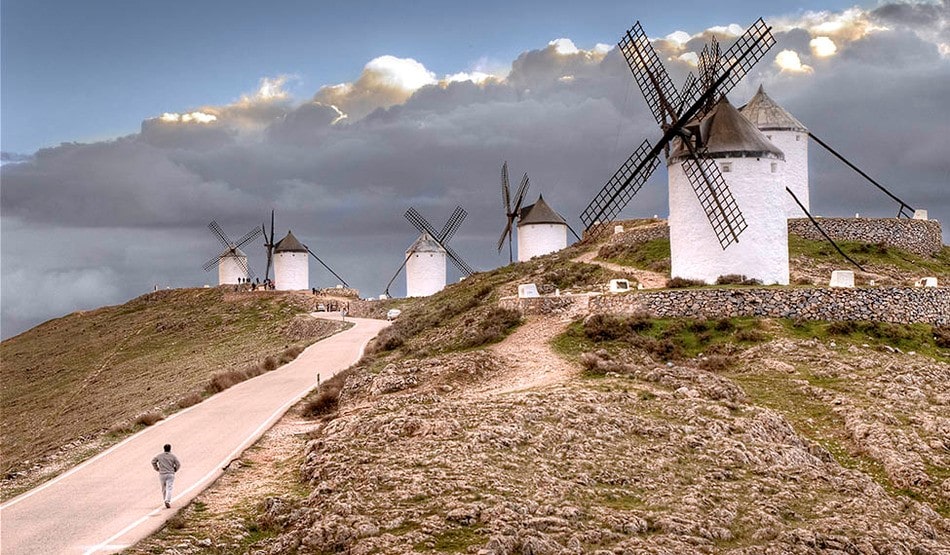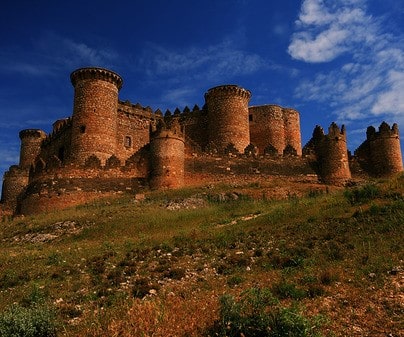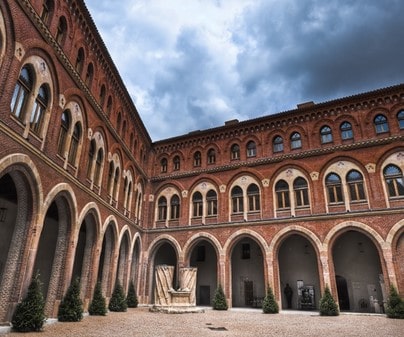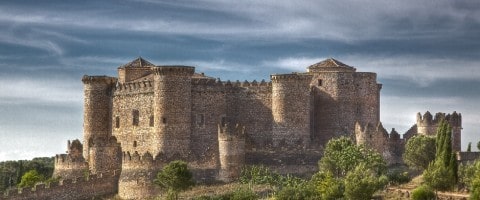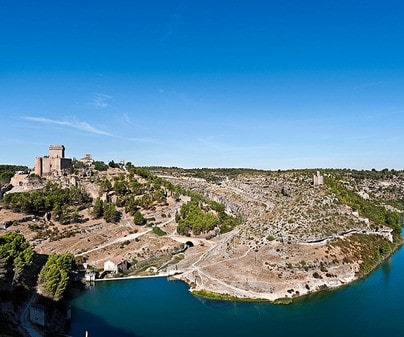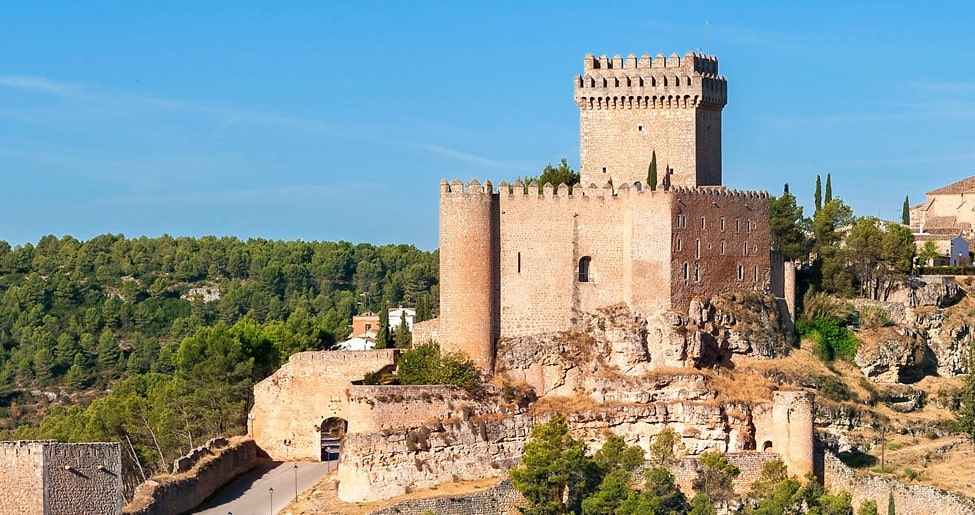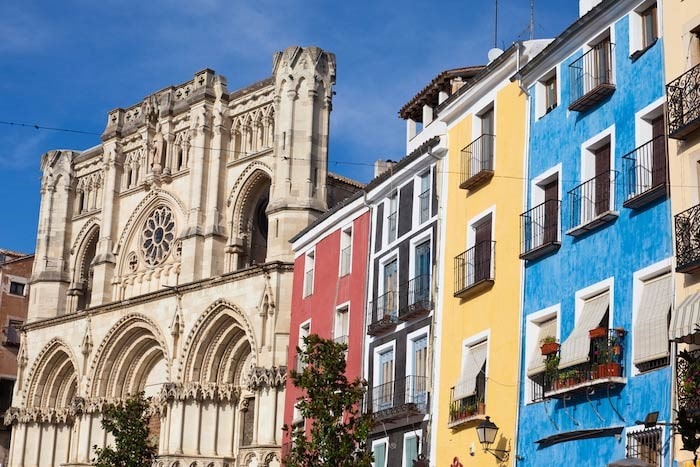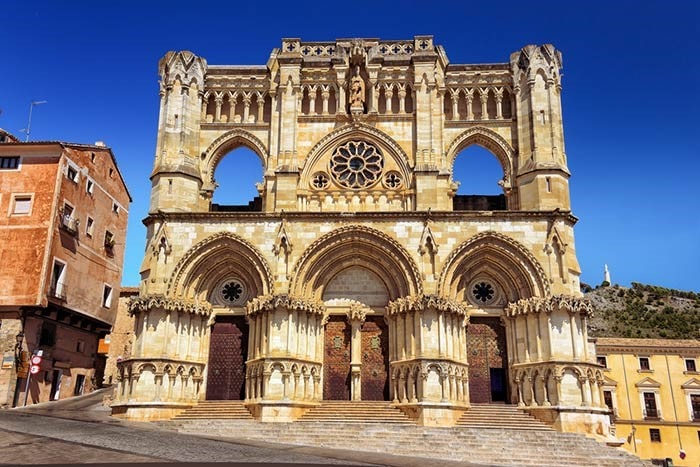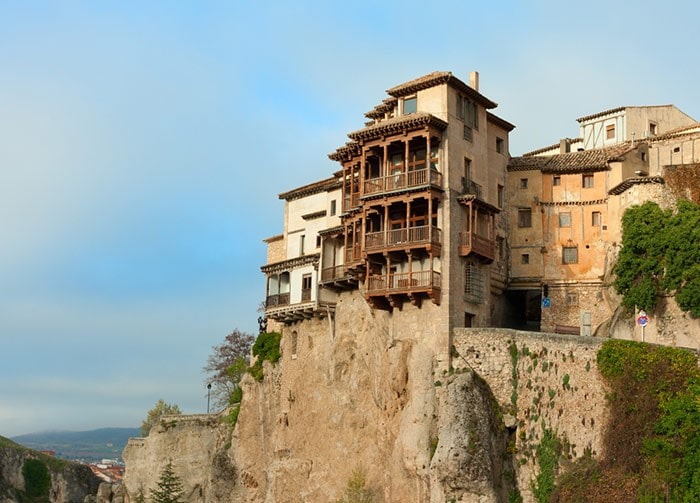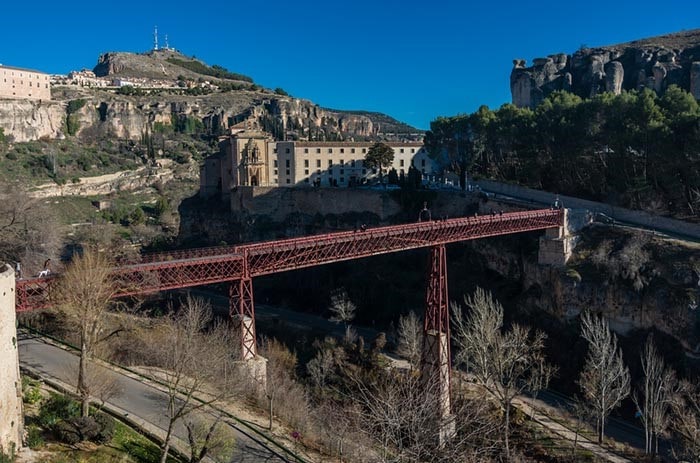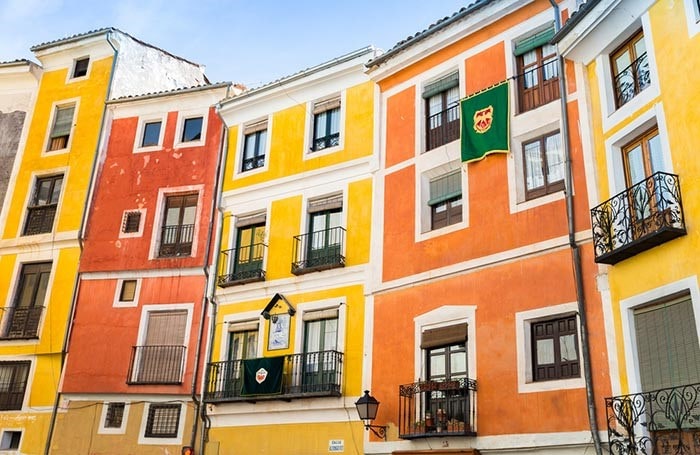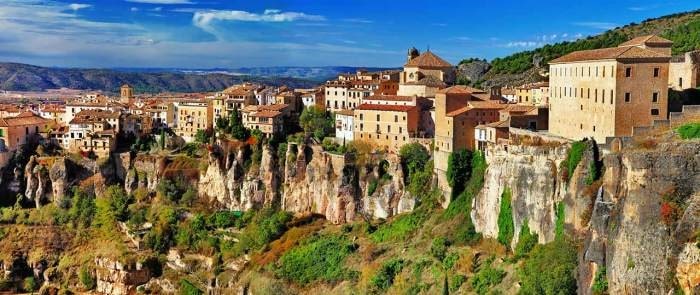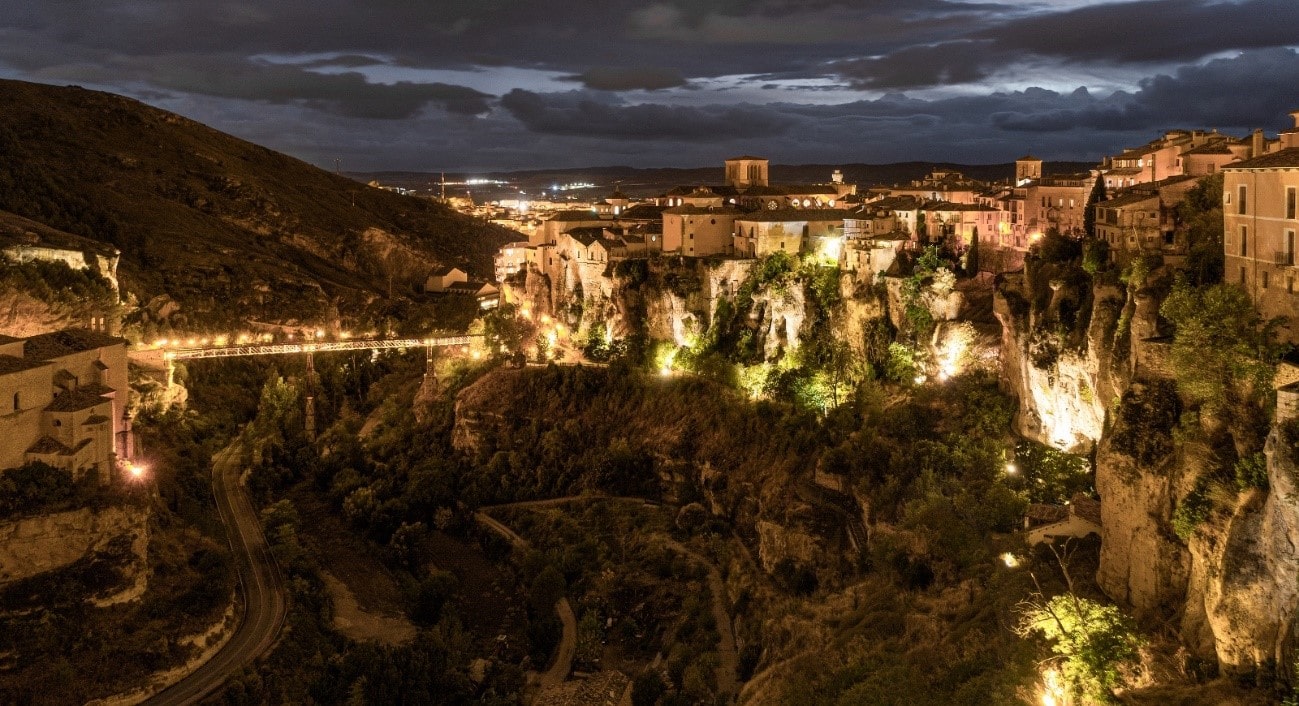Tour: Cultural Heritage enclaves and Castles
WHAT TO VISIT?
How to get to Toledo?
From Madrid:
-
-
- AVE (High-speed train): 33 min
- By highway: 72 Km
-
Typical restaurants
Toledo has a spectacular gastronomic offer in which los cigarrales stand out. Los cigarrales are elegant stately homes with immense gardens, today many of these villas, located on the south bank of the Tagus River, have been converted into exquisite restaurants with the best views of the city.
Accomodation
The city’s offer is very large and varied, highlighting some hotels and palaces that have been converted into boutique hotels. One of the best options,is the Parador that belongs to the national network of Paradores, high quality accommodation in historic buildings with the best locations. Another excellent option is to stay in a Hospedería, where history, quality and the best gastronomy also come together.
Souvenirs
We can make a great shopping list before going to Toledo, but if there is something we cannot forget, it is the marzipan. This sweet made with almonds and sugar has a history as passionate as the city. In addition, in Toledo you can find the best swords to take as souvenirs, the most delicate goldsmiths and many other exclusive souvenirs.
WHAT TO VISIT?
WHAT TO VISIT?
WHAT TO VISIT?
WHAT TO VISIT?
Typical restaurants
Mesons with centuries of history and food houses dot the historic center with flavor where you can taste some tasty and forceful recipes: zarajos, morteruelo, alajuz… And you can also enjoy a Michelin guide restaurant in Cuenca, as in any of the provinces of Castilla La Mancha, the best of classic and avant-garde cuisine.
Accomodation
Small hotels with charm, charming tourist apartments or a cell in the convent of San Pablo, today converted into one of the best Paradores in Spain. The offer is extensive and for all tastes.
Souvenirs
Ceramics and resolí, a typical liquor of the city. Or better yet, the souvenir par excellence: the houses hanging in ceramic filled with resolí.

